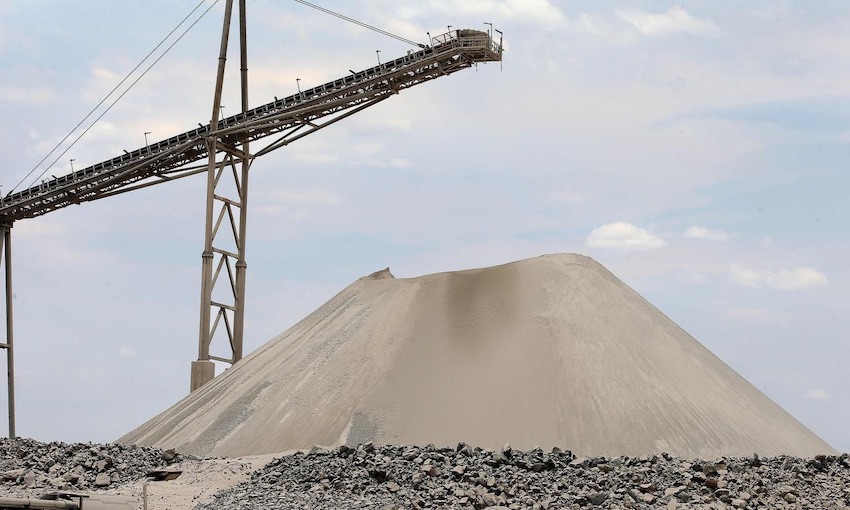THE battery raw materials supply chain requires increased investment during the next 10 years in order to meet climate targets, according to a new report from commercial intelligence company Wood Mackenzie.
Under Wood Mackenzie’s Accelerated Energy Transition scenario, which sees global warming limited to 2.5C, electric vehicle uptake would move forward by 10 years and EVs would make up about 40% of passenger car sales by 2030.
This would considerably accelerate the demand for batteries and the raw materials that go into them.
As noted in Wood Mackenzie’s research, the AET would require nearly 800 kt LCE of additional lithium to come online in the next five years to meet the needs of the battery sector. This would see the global lithium market surpass one million tonnes LCE in 2025.
The cobalt market would have to double by 2025. To put this into perspective, to meet the incremental demand from EVs through 2030, an additional eight mines the size of Glencore’s Katanga would be required.
As it stands, the battery sector makes up less than 5% of total nickel demand. Under the AET, this would rise rapidly to 20% by 2025 and 30% by 2030. An additional 1.3m tonnes of nickel suitable for the battery sector would be required by 2030.
With graphite used in nearly all lithium-ion battery types, it is a similar story. The battery sector would make up more than 35% of demand by 2030, with demand growing by 1.6 million tonnes by that date.
Gavin Montgomery, Wood Mackenzie’s research director, said, “The scale of the challenge is clear and leaves the industry with two options: increase supply or decrease demand”.
“Given that spot prices for most battery metals are currently in the doldrums, and miners typically require higher prices to incentivise new supply, relying on the natural cycle of mine development would appear to be a losing strategy if the world requires a large number EVs in a short space of time,” Mr Montgomery said.
“An AET will need a helping hand to get things moving.
“If OEMs do not choose to secure their own supply, Wood Mackenzie says EV sales penetration rates are unlikely to surpass 15% in the medium term,” he said.
Except for a small group of companies, OEMs are yet to take the plunge with investing in mining assets.
During China’s steel boom, the government encouraged companies to invest in overseas mining assets to secure supply. Although the policy had varying levels of success, the pattern has continued and China currently controls a large share of battery raw materials supply.
“Decarbonisation is clearly resource-intensive. While we do not expect to see similar overseas pushes from Western governments, corresponding support for homegrown supply chains will be key if an accelerated EV uptake is to be achieved,” Mr Montgomery said.
EV charging capabilities and the availability of charge points are all still too limited for consumers to be comfortable with smaller battery packs. This has encouraged the trend of longer ranges and bigger battery packs and Wood Mackenzie expects this to continue throughout the next decade.
Milan Thakore, Wood Mackenzie senior research analyst, said, “Less kWh typically means less metal required. As such, smaller battery packs could drastically reduce demand. If pack size plateaus at 60 kWh, the demand for battery metals will drop 20% by 2030”.
Mr Montgomery said, “If the world is to pursue an accelerated energy transition, much more capital will be required in a very short space of time for the development of the battery raw materials supply chain – from mines through to refineries and cell production facilities.
“Yet with low prices and the global economy suffering from a recession, the prospect of this being achieved is limited.”

